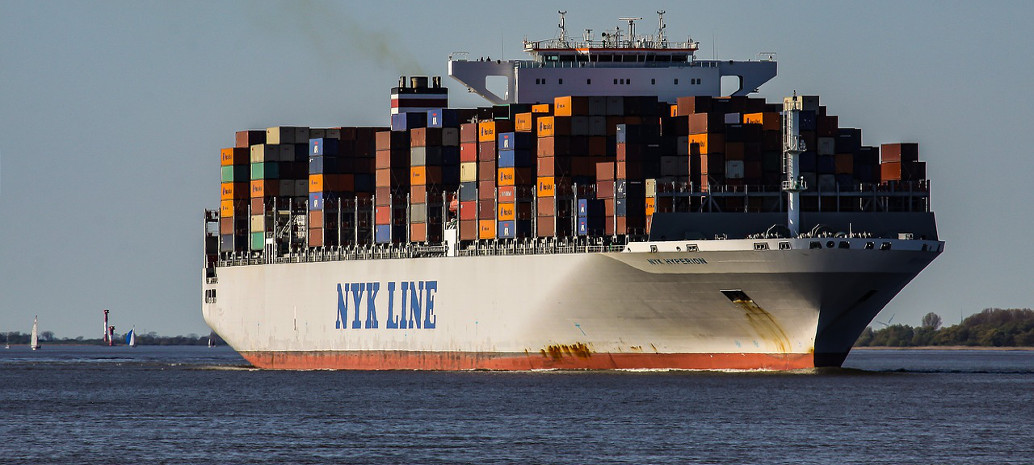A meeting of the IMO’s Marine Environment Protection Committee at the IMO’s headquarters in London on April 13, led to the adoption of a strategy to reduce the total annual greenhouse gas emissions from international shipping by at least 50% by 2050, compared to 2008 levels.
Moreover, the same strategy aims to pursue efforts to phase out the shipping industry’s emissions entirely.
The meeting was attended by more than 100 IMO member states. Overall, the IMO has 173 member states and three associate members.
Shipping is the only industry not included in the 2015 Paris international climate accord, while according to World Bank statistics, it would rank as the sixth-largest greenhouse gas emitter, if it were a state.
IMO’s newly adopted strategy refers to “a pathway of CO2 emissions reduction consistent with the Paris Agreement temperature goals.”
Later this year, IMO’s Marine Environment Protection Committee will hold a working group on the reduction of greenhouse gases from ships. It will be tasked with developing a program of actions that implement the strategy adopted last week. Eventually, IMO’s strategy will be revised by 2023.
Challenges
IMO’s initial strategy to tackle the shipping industry’s greenhouse gas emissions provides the broad vision for the future of international shipping and represents its members with a framework to achieve it.
The strategy is a step in the right direction, although numerous challenges remain.
A first time challenge is time. IMO’s working groups need to translate the set vision into practical follow-up actions.
Secondly, not all members are equally eager to pursue IMO’s vision. The U.S. and Saudi Arabia have, for instance, objected to the strategy.
This leads to the question of what happens if an IMO member does not make progress towards the new strategy. IMO is the regulatory body for the shipping industry, however what are its mechanisms to punish reluctant members whose shipping sectors do not deliver on the strategy?
Lastly, and perhaps most crucially, technology needs to innovate to provide the shipping solutions in the era of climate change.
This is where there is a window of opportunity for the solar PV and energy storage sectors.
So far, we have seen some stand-alone cases of PV-powered ships. pv magazine for example shed light on the world’s largest solar boat expeditions.
The PV and shipping industries will need to combine efforts to provide similar solutions.
Fatih Birol, the International Energy Agency’s executive director, said yesterday at the 5th annual Columbia University (New York) Energy Summit that renewable energies have only penetrated the power sector.
Global oil demand on the other hand, Birol said, will continue to grow, even if half the cars sold are electric, because cars are not the most significant consumers of oil, but rather trucks and other vehicles.
It is time for the shipping industry to stop burning heavy fuel oil and start using the power of the sun.
This content is protected by copyright and may not be reused. If you want to cooperate with us and would like to reuse some of our content, please contact: editors@pv-magazine.com.



1 comment
By submitting this form you agree to pv magazine using your data for the purposes of publishing your comment.
Your personal data will only be disclosed or otherwise transmitted to third parties for the purposes of spam filtering or if this is necessary for technical maintenance of the website. Any other transfer to third parties will not take place unless this is justified on the basis of applicable data protection regulations or if pv magazine is legally obliged to do so.
You may revoke this consent at any time with effect for the future, in which case your personal data will be deleted immediately. Otherwise, your data will be deleted if pv magazine has processed your request or the purpose of data storage is fulfilled.
Further information on data privacy can be found in our Data Protection Policy.